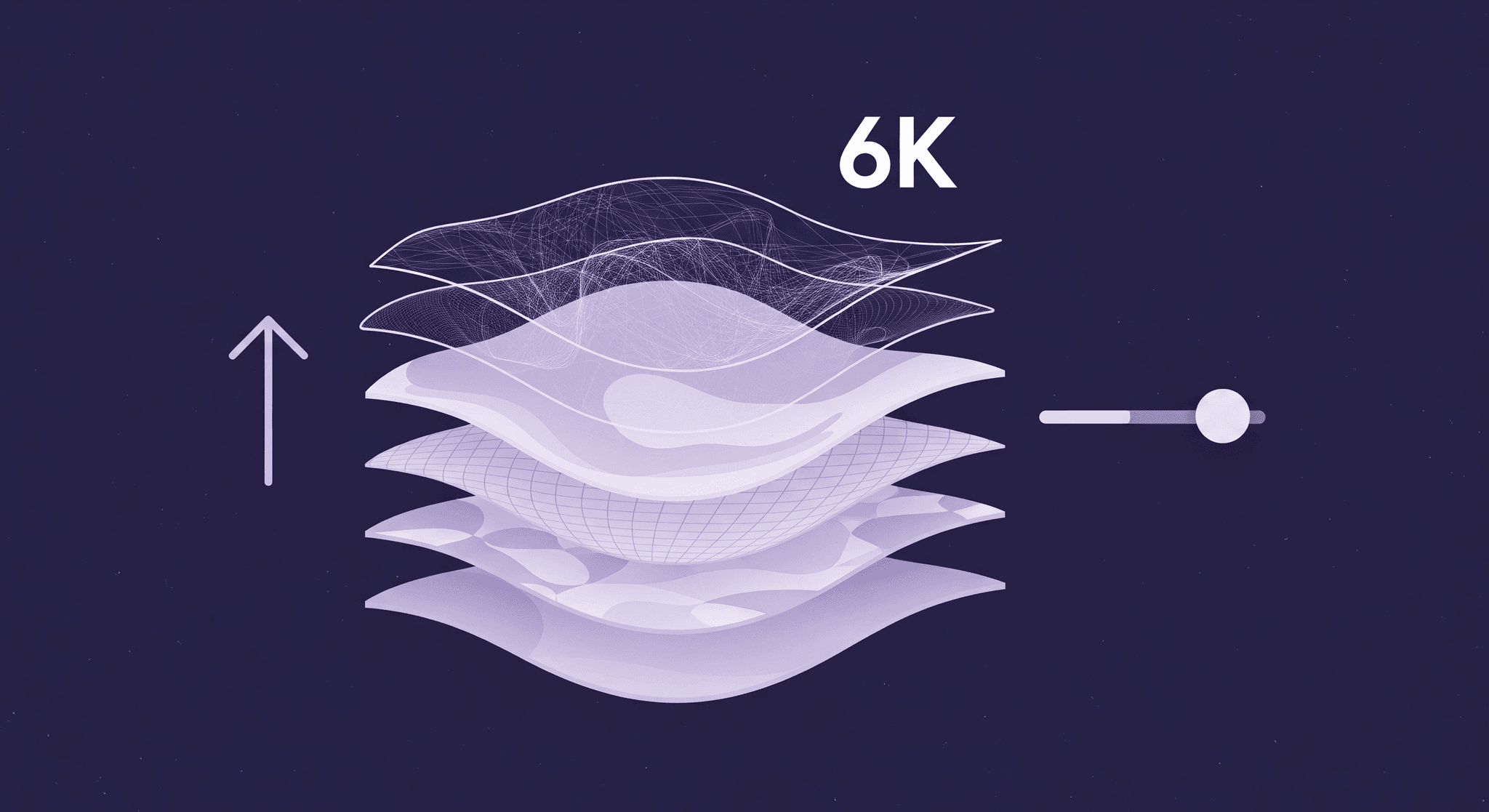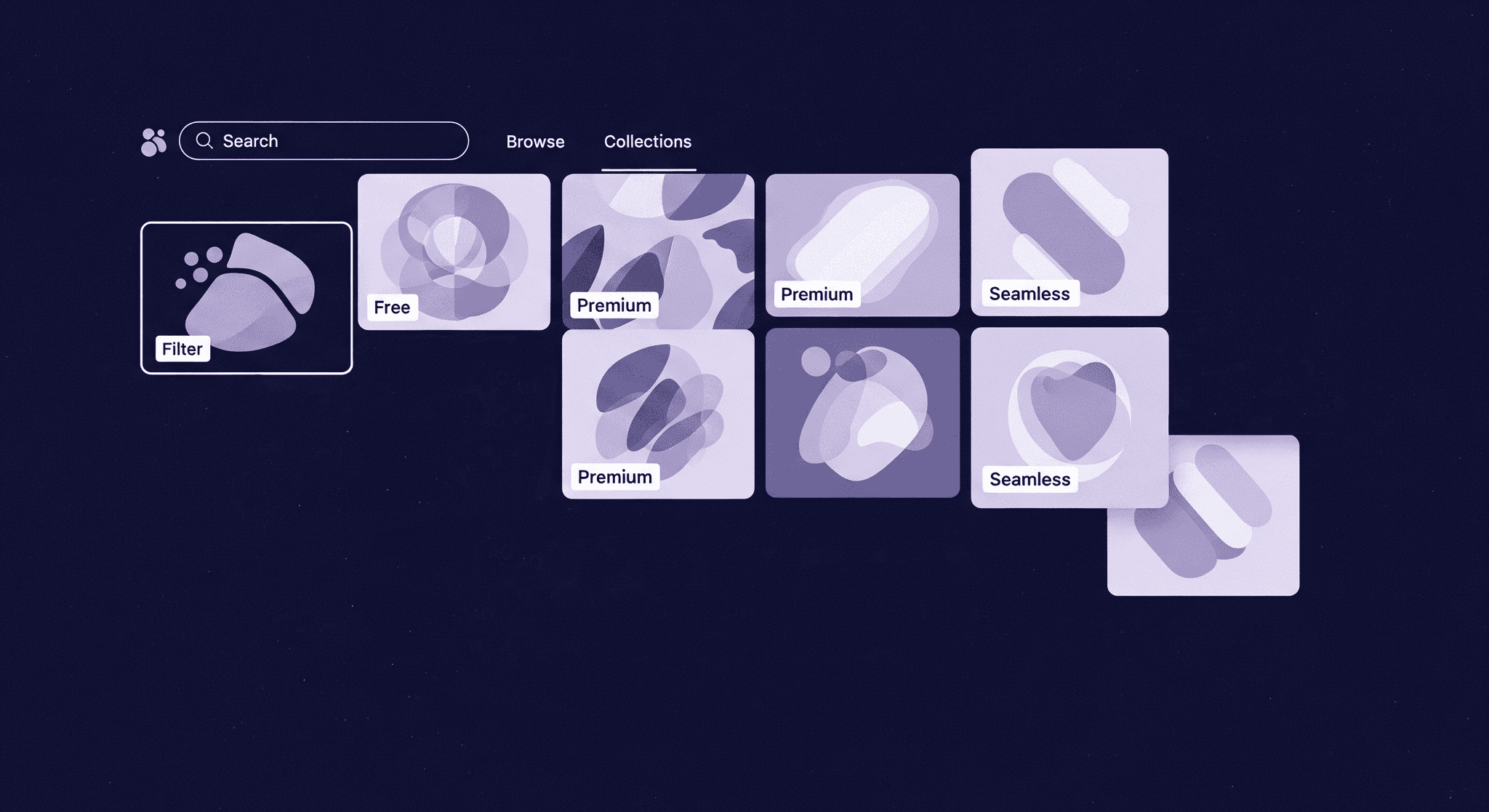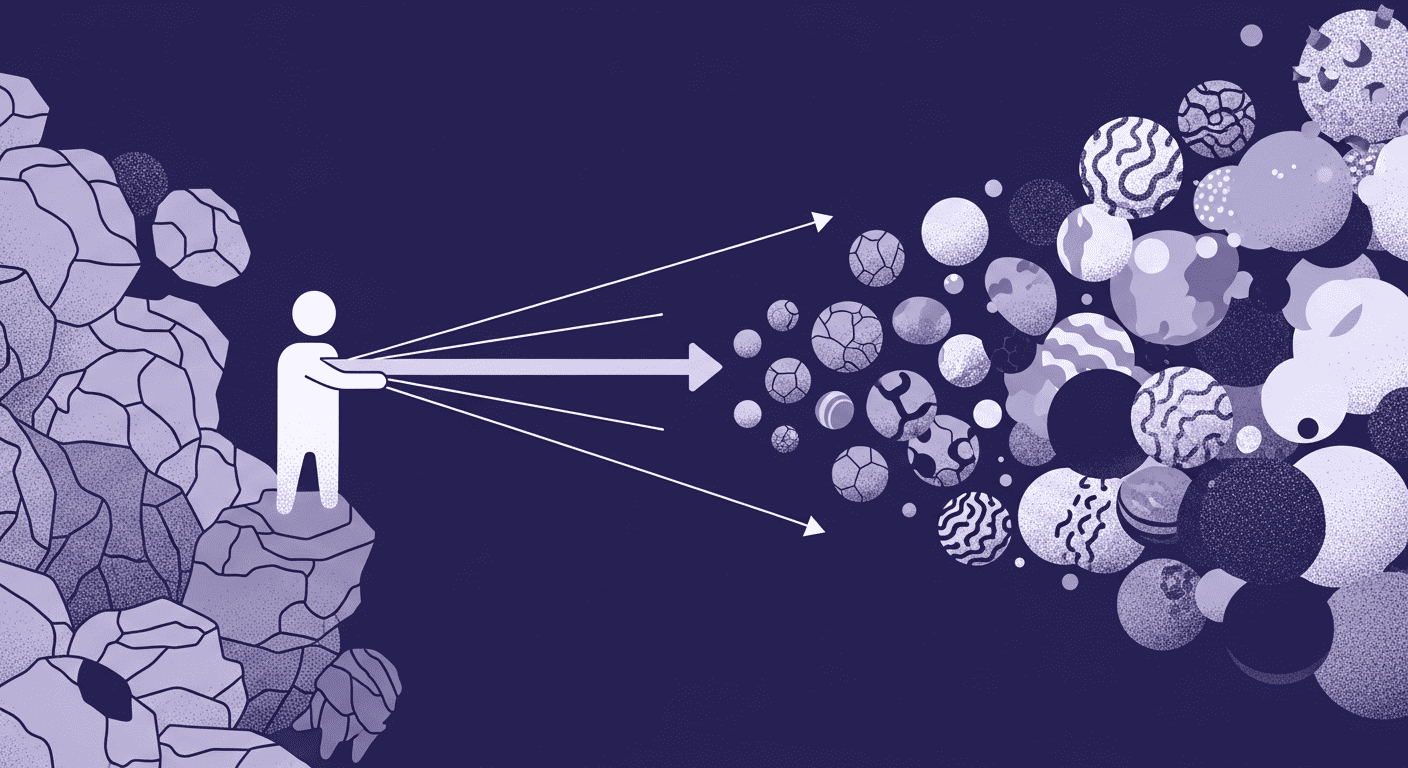From Concept to creation: using AI driven tools to Generate realistic 3D textures
By Mira Kapoor | 17 April 2025 | 5 mins
Table of contents
Table of Contents
Creating realistic 3D textures is one of the most complex and time-intensive aspects of 3D design. In fields such as gaming, architecture, and virtual reality, designers need high-quality textures that not only look natural but also seamlessly integrate into various environments. AI-driven tools are revolutionizing this process by automating many of the repetitive tasks and enabling designers to achieve impressive results with minimal manual input. From initial concept to fully realized texture, AI can significantly accelerate workflows and improve the overall quality of visual content creation. In this blog, we’ll take a deep dive into how AI-driven tools are transforming the process of generating realistic 3D textures.

The Importance of Realistic Textures in 3D Design
In any 3D project, textures are essential for adding detail and depth to virtual objects. High-quality textures make environments look authentic, enhancing immersion and realism. However, creating these textures manually is a highly technical process that requires an understanding of how light interacts with materials, how to create tileable textures, and how to apply physically based rendering (PBR) principles. This process can be challenging, especially when scaling up for larger projects.
With AI-driven tools, designers can now automate many of these technical steps, enabling them to focus on the creative aspects of design. AI texture generation allows for rapid experimentation, enabling designers to iterate on ideas quickly and produce realistic textures that align with the vision of their project.
Step 1: Conceptualizing the Texture
The first step in the texture creation process is to decide on the look and feel of the texture. For example, an architectural rendering may require tileable textures of wood, brick, or stone, while a game environment may need metal, leather, or fabric textures with distinct wear and tear. AI-driven tools can help designers brainstorm concepts by generating texture variations based on input images or prompts.
AI tools like Texturly can analyze a source image and generate multiple texture options, helping designers explore different styles and characteristics. This stage allows designers to visualize how various materials and textures will look in their 3D models without committing to a single option. By adjusting parameters such as roughness, reflectivity, and color, designers can customize the look of the texture to better suit the project.
Step 2: Generating Tileable Textures
One of the most critical aspects of 3D texture design is ensuring that textures are tileable. Tileable textures repeat seamlessly, which is essential for large surfaces such as walls, landscapes, and fabrics. Manually making a texture tileable can be time-consuming, but AI-driven tools have made it easier than ever.
AI texture generation tools use algorithms to detect and adjust patterns in an image, creating a seamless texture without visible boundaries. This capability is invaluable in fields like gaming and VR, where expansive environments require large, uninterrupted surfaces. With AI, designers can quickly generate tileable 3D textures that retain a high level of detail, enhancing the sense of realism and immersion.
In platforms like Texturly, this process is automated. Designers can simply upload an image, and the AI will create a seamless texture that can be applied to any surface, ensuring that the design appears natural and cohesive throughout.
Step 3: Creating Physically Based Rendering (PBR) Textures
Physically based rendering (PBR) is a crucial method for achieving realistic lighting and shading effects in 3D design. PBR textures respond dynamically to different lighting conditions, simulating how light interacts with surfaces based on their material properties. This is essential for creating realistic texture mapping in applications where textures must look accurate from all angles, such as in VR or gaming.
A single PBR texture often comprises multiple maps:
- Albedo map Represents the base color of the material.
- Normal map Adds surface detail by simulating small bumps and indentations.
- Roughness map Controls the smoothness or roughness of the surface.
- Metallic map Determines whether the surface appears metallic or non-metallic.
- Ambient occlusion map Adds shadows to crevices, enhancing depth and realism.
AI-driven tools like Texturly can generate these PBR maps automatically from a single input image, saving time and ensuring consistency. For instance, designers can create normal maps that add fine surface detail or roughness maps that control the way light reflects off the material, all from one source texture. This automation allows designers to produce PBR textures that are both realistic and adaptable, enhancing the overall quality of their work.
Step 4: Applying and Testing the Texture
Once the texture and PBR maps are ready, the next step is to apply them to a 3D model and test the results. AI-driven texture creation software allows designers to visualize how the texture will look under various lighting conditions, angles, and perspectives. This is particularly useful for designers working in real-time rendering environments, such as game engines or VR simulations, where lighting and shading change dynamically.
Testing the texture in the final environment helps designers make any necessary adjustments before committing to the design. For instance, if a roughness map needs to be fine-tuned for a particular lighting scenario, the designer can make changes directly in the software, ensuring that the final texture meets the project’s requirements. By using AI for these adjustments, designers can quickly iterate and achieve the perfect look.
Step 5: Enhancing Textures with Machine Learning
Machine learning plays a significant role in the refinement of 3D textures. AI-driven tools can enhance textures by analyzing real-world material samples, learning from their properties, and applying those insights to the digital texture. This approach is invaluable for creating realistic texture mapping that accurately reflects how materials behave in the real world.
For example, machine learning algorithms can adjust texture parameters like reflectivity, diffusion, and bumpiness based on the properties of actual materials. This capability allows designers to produce textures that closely mimic natural materials, such as polished marble, weathered wood, or glossy metals. AI tools can also improve the efficiency of texture creation by detecting flaws or inconsistencies and making automatic corrections.
Industry Applications: Gaming, Architecture, and Beyond
The ability to generate realistic 3D textures quickly and accurately is valuable across a range of industries.
Gaming
In gaming, AI-driven texture tools enable developers to create game asset textures that are both high-quality and efficient. From open-world landscapes to character assets, AI-generated textures allow for the creation of immersive game worlds that enhance the player experience. By using tileable textures and PBR, game designers can achieve realistic visuals that respond dynamically to gameplay conditions.
Architecture
For architects and interior designers, AI texture generation offers a streamlined way to create 3D rendering textures that accurately depict materials like stone, wood, and metal. This capability is essential for creating virtual walkthroughs and renderings that help clients visualize projects with lifelike detail.
Fashion and Product Design
AI-generated textures are also transforming the fashion and product design industries, where realistic materials are essential for prototyping. By using physically based rendering, designers can create lifelike digital samples of materials like leather, fabric, and metal, reducing the need for physical prototypes and accelerating the design process.
The Future of AI-Driven Texture Creation
As AI technology continues to evolve, the potential for AI-driven tools in 3D texture creation is vast. Future advancements in machine learning and AI could enable designers to create fully interactive textures that adapt to environmental factors, such as lighting changes or user interaction. This capability would be particularly valuable in VR and AR applications, where textures need to respond dynamically to provide a seamless experience.
Moreover, as AI-driven tools become more accessible, they will empower designers of all skill levels to create high-quality, realistic texture mapping that elevates their projects. By reducing the time and technical skill required for texture creation, AI is democratizing the design process and making it easier for creators to bring their ideas to life.
Conclusion
The journey from concept to creation in 3D texture design has been transformed by the advent of AI-driven tools. By automating tasks such as creating tileable textures, generating PBR maps, and refining material properties, AI is enabling designers to produce realistic, high-quality textures with minimal effort. As industries like gaming, architecture, and fashion increasingly demand high-quality textures, AI-powered solutions will continue to play a crucial role in meeting these needs.
By embracing AI-driven texture tools, designers can unlock new levels of creativity and efficiency, ensuring that their work stands out in an ever-competitive field. As these tools continue to evolve, the future of 3D design promises a world where the lines between the digital and real become ever more blurred.

Mira Kapoor
Mira leads marketing at Texturly, combining creative intuition with data-savvy strategy. With a background in design and a decade of experience shaping stories for creative tech brands, Mira brings the perfect blend of strategy and soul to every campaign. She believes great marketing isn’t about selling—it’s about sparking curiosity and building community.
Latest Blogs

Unlock Ultra-Realism: The Advantages of 6K Textures in Design and...
PBR textures
3D textures

Mira Kapoor
Aug 6, 2025

Top Websites for High-Quality PBR Textures: Free & Paid Resources
PBR textures
3D textures

Max Calder
Aug 5, 2025

Unveiling Future Trends in AI Texture Generation
PBR textures
AI in 3D design

Mira Kapoor
Aug 4, 2025
